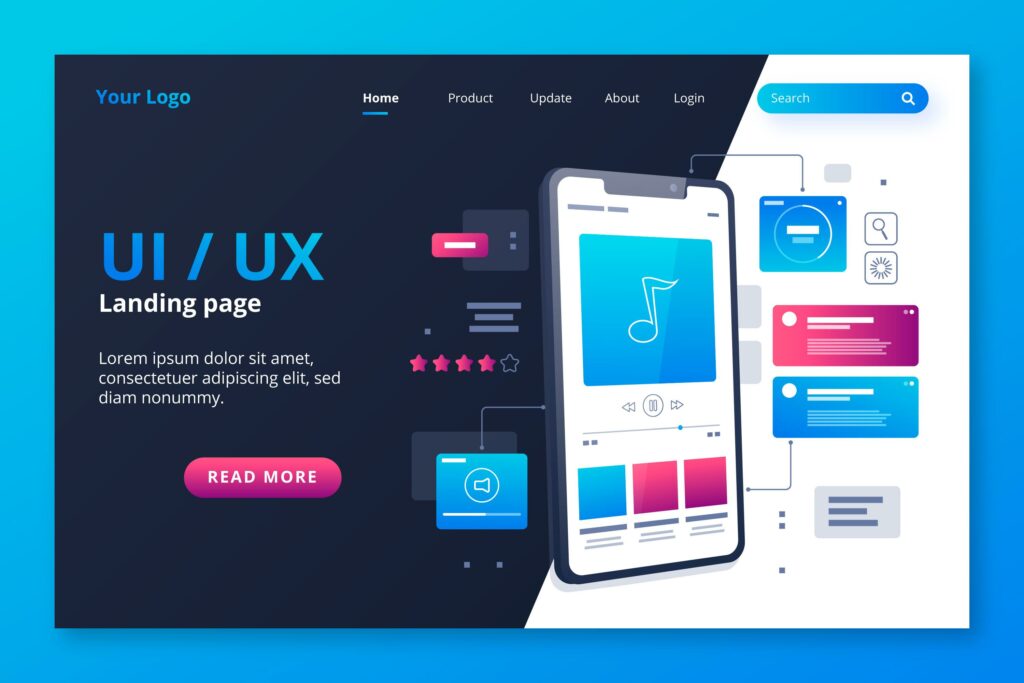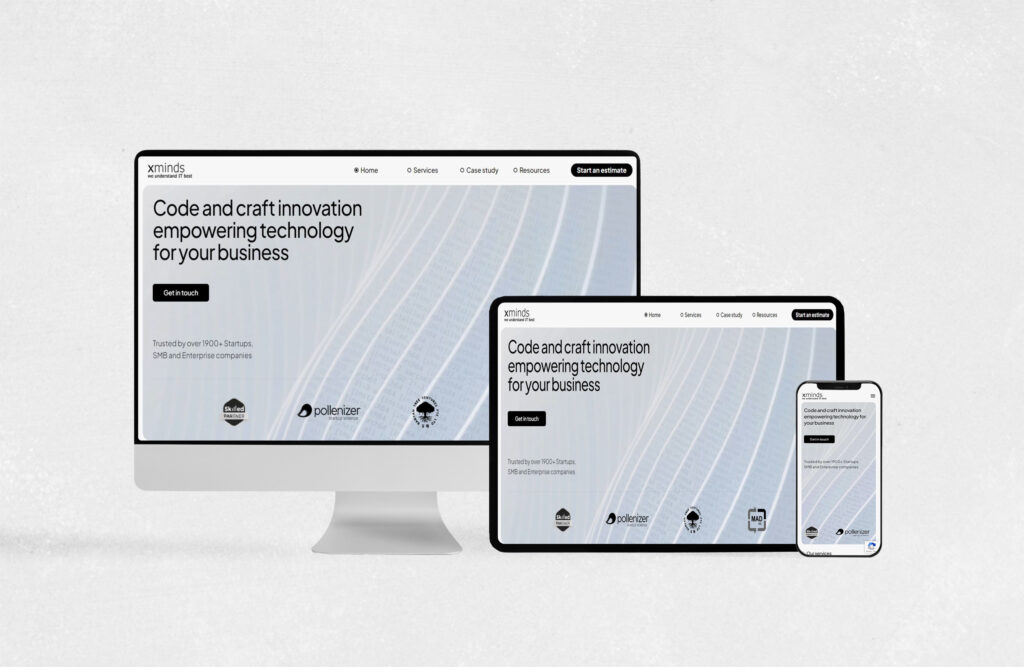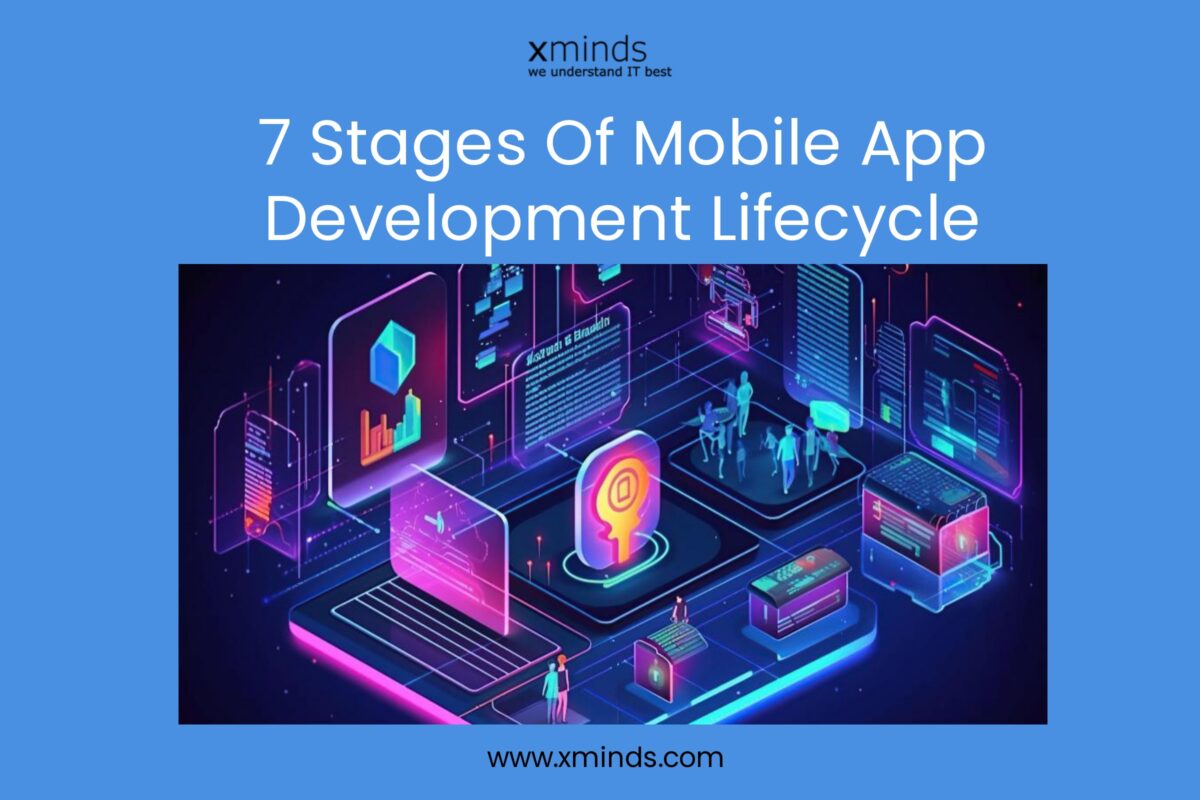Important things to consider while developing a website

Introduction
Website design is a crucial aspect of any online business or personal brand. A well-designed website can improve the user experience, increase visibility in search engines, and ultimately drive conversions and engagement. In this article, we will explore six essential elements in developing a website – User Experience (UX), Responsive Design, Search Engine Optimization (SEO), Content, Security, and Performance – and how incorporating each element can help create a successful website. So, let’s dive in and learn more about how to design a website that stands out from the crowd.
User experience (UX)
User experience (UX) is one of the most important aspects of developing a website. It refers to how easy or difficult it is for users to navigate your website and complete their desired actions. A good UX design makes your website easy to use, intuitive and efficient.

To design a great UX, you need to have a clear understanding of your target audience. What do they need from your website? What are their pain points and what motivates them to engage with your website? Knowing these answers will help you create a design that meets their needs and makes their experience as smooth as possible.
The next step is to create a straightforward navigation system. Your website should have clear and concise labels for each page and section, so users know exactly where they are and what they can do on each page. Use simple and straightforward page layouts, with plenty of white space to make your content easy to read and understand.
Responsive design
Responsive design is a crucial aspect of website design in today’s world, where people use a variety of devices to access the internet. A responsive website will adapt to the size of the device it is being viewed on, providing a seamless experience for the user.

To create a responsive website, you need to use the latest coding techniques. These technologies allow you to create dynamic, flexible and responsive designs that work on any device. You should also test your website on different devices and screen sizes to ensure it looks and works well on all of them.
SEO
Search engine optimization (SEO) is the process of improving your website’s ranking in search engine results. By optimizing your website, you increase the chances of people finding your website when they search for keywords related to your business.
To improve your website’s SEO, you need to use keywords, meta tags and other techniques to make your website more visible to search engines. This includes optimizing your website’s content, using keyword-rich headlines and making sure your website has a clear and concise structure.
Content
The content of your website is one of the most important aspects of your website. It should be relevant, interesting and informative to your target audience. Your content should be well-written and optimized for search engines, using keywords, meta tags and other techniques to improve your website’s visibility in search engine results.
It is also important to keep your content up-to-date and relevant. Regularly updating your website with fresh, interesting content will not only improve your website’s ranking in search engine results, but it will also keep your visitors engaged and coming back for more.
Security
Website security is a crucial aspect of website design. With the increasing number of cyber attacks, it is essential to implement measures to protect your website from hackers and other malicious attacks. This includes using secure coding practices and security protocols like SSL/TLS to encrypt sensitive information and protect your website from potential threats.
Performance
Website performance is an important aspect of developing a website, as it affects how quickly and efficiently your website loads and operates. Regularly testing your website to ensure it is performing well is crucial. You should monitor loading times, page speed and other metrics to identify any potential issues, and take action to improve performance as needed.
Branding
Your website is a representation of your brand, so it’s important to incorporate your brand’s look and feel into your website design. This includes using your brand’s colours, fonts, logo and other elements to create a consistent look and feel throughout your website.
Empower Your Business with Xminds
Unlock your business potential with Xminds – a leading IT company providing custom technology solutions. Our team of experts will work with you to improve your workflow, increase efficiency, and drive growth. From developing a website from scratch to network security, we have the experience and expertise to provide you with the best solutions. Schedule a consultation today and see how Xminds can help your business reach new heights.
Related articles



